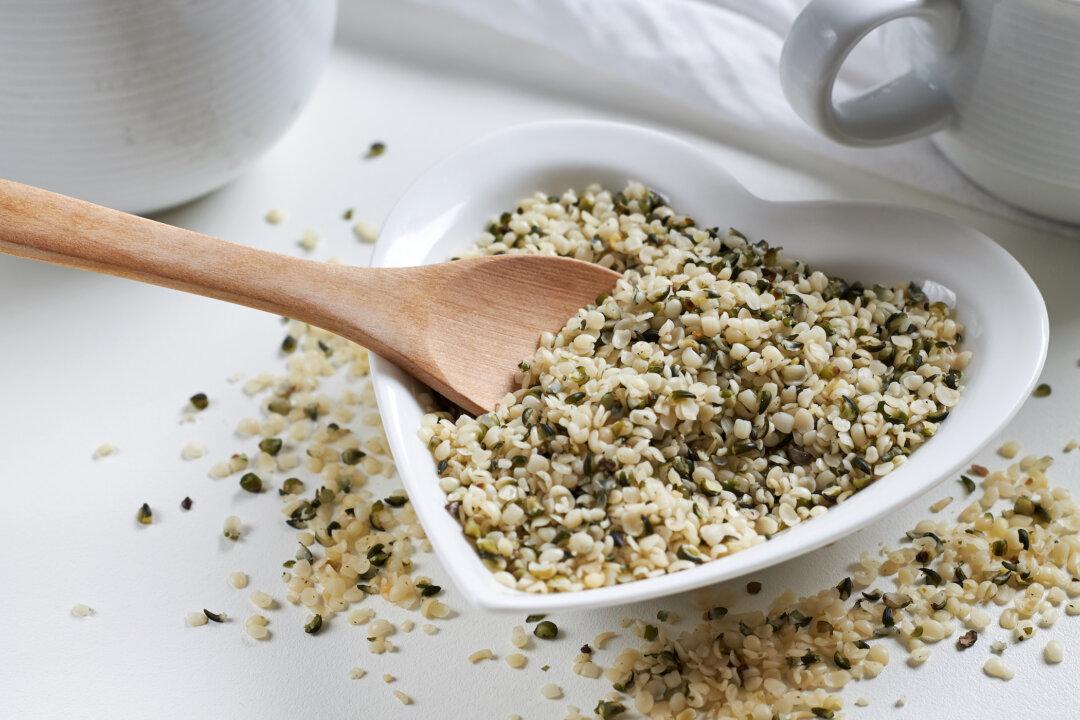Rates of nonalcoholic fatty liver disease (NAFLD)–excessive deposits of liver fat in those with no history of alcohol abuse–are soaring in the United States, with some experts placing the incidence at a stunning one in three adults. Although many cases of NAFLD are mild, the disease can occasionally progress to severe and even life-threatening consequences, including liver cancer.
Now, exciting new research published in the peer-reviewed journal Molecular Metabolism suggests that a simple intervention – regular exercise–can significantly improve the condition and even play a role in preventing it. To learn more about the effects of this surprising natural strategy on NAFLD, read on.





